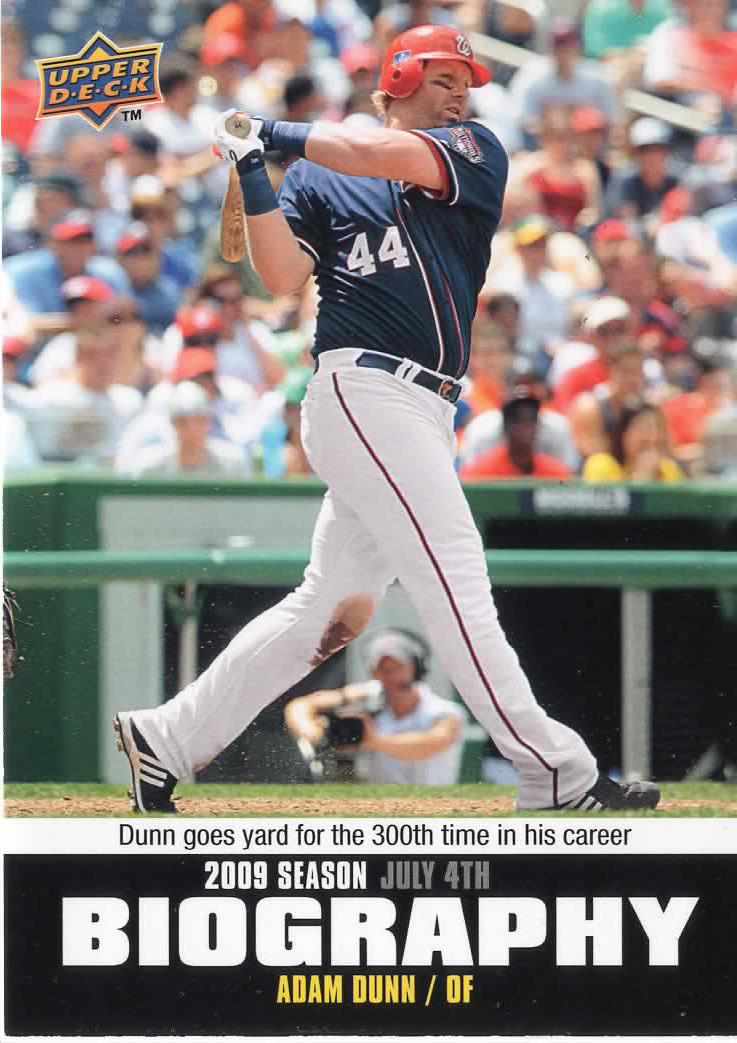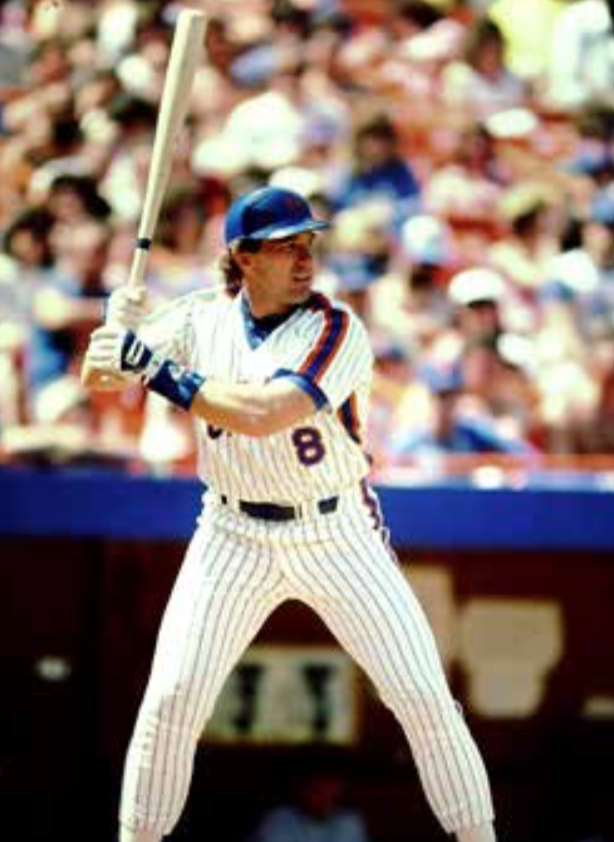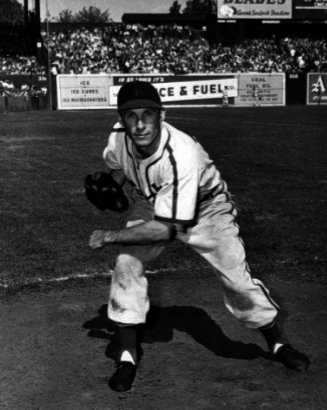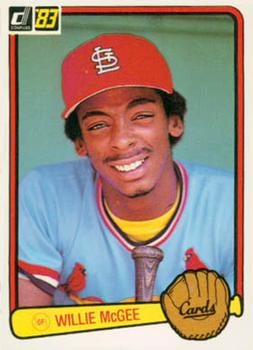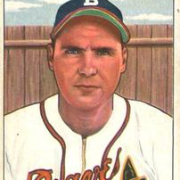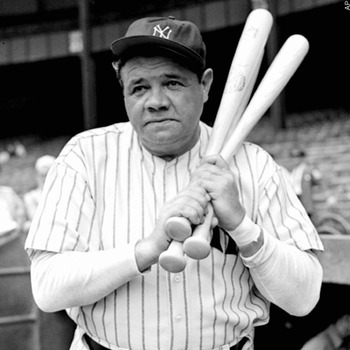October 9, 1999: Astros send the Dome out with a whimper, not a bang, in NLDS loss
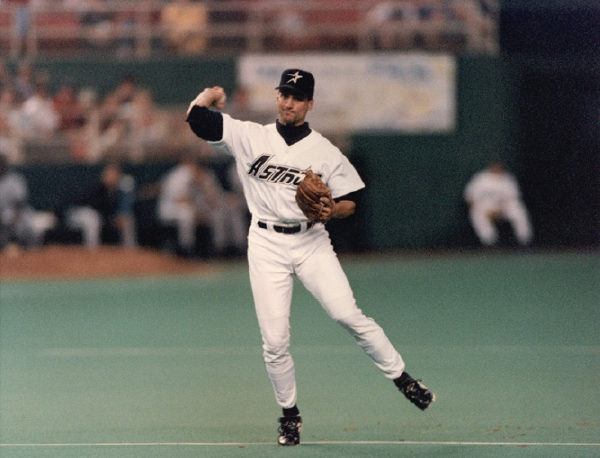 Elements and mosquitoes could not defeat the Houston Astrodome. If only the Astros might have been able to say the same of their experiences in playoffs. In 1999 Houston achieved its third straight division championship. The Astros were hoping to do better in the playoffs than in the previous two seasons when the Atlanta Braves and then the San Diego Padres eliminated them in divisional play.
Elements and mosquitoes could not defeat the Houston Astrodome. If only the Astros might have been able to say the same of their experiences in playoffs. In 1999 Houston achieved its third straight division championship. The Astros were hoping to do better in the playoffs than in the previous two seasons when the Atlanta Braves and then the San Diego Padres eliminated them in divisional play.
Postseason play would involve a milestone for the Astros. The Houston Astrodome, described at its creation as “Eighth Wonder of the World,” was in its last season of use as a venue for major-league baseball. Starting in 2000, Enron Field would host Astros games.1 Houston’s clinching its division over the Cincinnati Reds on the last day of the season, as well as the impending playoffs, overshadowed the Astrodome’s last days as a baseball stadium. Most fans in “Space City” were looking to avenge Atlanta’s sweep of Houston in 1997; saying farewell to the Astrodome was a side issue.
As the initial round of the playoffs began, Houston seemed well suited to break its run of disappointing performances. An axiom of the game is that in a short series quality pitching will prevail. Houston had a brilliant pitching staff led by starters Mike Hampton (22-4), Jose Lima (21-10), and Shane Reynolds (16-14), with Billy Wagner (4-1, 39 saves, 1.57 ERA) anchoring the bullpen. There was reasonable hope that they would hold their own.
But the Astros were going up against a superlative group of Atlanta Braves pitchers including future Hall of Famers Tom Glavine, Greg Maddux, and John Smoltz, backed by reliever John Rocker. Their individual won-lost statistics in 1999 might not have matched those of the Astros, but the Braves led the majors in ERA at 3.63, a significant factor in their 103-59 regular-season record. Moreover, Glavine, Maddux, and Smoltz had a combined 9-0 record in the previous four years of NLDS play.
The Braves had won all four divisional series and were riding a 10-game NLDS winning streak, which began in 1995 and included the sweep of Houston in 1997. In that series, Atlanta’s staff generated a 1.67 ERA, holding Houston to a team batting average of.167. Highlighting Houston’s haplessness, Jeff Bagwell and Craig Biggio, the Astros’ vaunted “Killer Bee” sluggers, hit a combined .083 with no extra-base hits or RBIs.
The series began on October 5, in Atlanta, when the Astros snapped the Braves’ winning streak with a 6-1 victory over Maddux. Houston lost the second game 5-1 and the third, a 5-3 heartbreaker in 12 innings, after the Astros had the bases loaded with no outs in the 10th but failed to score.
On October 9, facing elimination in Game Four of the best-of-five series, Houston called on Reynolds, who had won the first game, to stave off elimination. He faced Smoltz, who was making his first appearance in the series. Previously, he had appeared in four previous divisional series, fashioning a 3-0 record.
Atlanta drew first blood when Gerald Williams led off the game with a double, went to third on a fly ball, and scored on a sacrifice fly by Chipper Jones. Reminiscent of the previous game, Houston loaded the bases in the bottom of the inning on a single and two walks but could not score. In the second, the Astros put two more men on base but again failed to advance anyone home. The Braves scored a second time in the third on Smoltz’s leadoff double and Bret Boone’s single.
Going into the top of the sixth, the score remained at 2-0. Brian Jordan (who would hit .471 in the series) led off with an infield single. Four consecutive singles followed as the Braves erupted for five runs. Houston manager Larry Dierker removed Reynolds after the second hit of the inning and called in Chris Holt, but he was ineffective as well. Scott Elarton finally ended the deluge after giving up a two-run single to Williams.
Smoltz pitched scoreless ball until Tony Eusebio led off the seventh with a home run. In the eighth, after allowing a single and hitting a batter, Smoltz served up a three-run homer to Ken Caminiti to make the score 7-4. Caminiti was the only bright spot in Houston’s offense in the series. He hit .471 with three home runs and eight RBIs (more than half the team’s 15). As a team, Houston hit just .220.
Terry Mulholland relieved Smoltz but after a single and a double led to another run, Kevin McGlinchy replaced Mulholland. Finally, with Craig Biggio due up and representing the tying run John Rocker came in to quell the rally. Biggio came to the plate with a .111 average and struck out, ending the threat.
Rocker held the Astros scoreless in the ninth as the Braves took their fifth straight divisional series. They eventually reached the World Series only to be swept by the Yankees.
Astros manager Larry Dierker was downcast by the loss to Atlanta. “The hard thing is having to spend six more months trying to get in again. We’ve been in this position three years in a row and haven’t gotten past the first step. It has been very frustrating.” Accounts of the game noted only in passing that it was the final game played at the Astrodome.2
Houston had hopes that the 35-year-old ballpark might finally host a World Series but it was not to be. Bagwell echoed Dierker in summing up the disappointment: “What a way to close the Dome. Losing a third straight postseason.” 3
Usually a ballpark’s final game is marked with a ceremony of some kind. Nine days before, another stadium had bowed out as a site for major-league baseball. On September 30 the Los Angeles Dodgers defeated the San Francisco Giants in the final baseball game played at Candlestick Park. (The NFL’s San Francisco 49ers continued to play there through 2013.) The Giants’ farewell before 61,389 spectators included appearances by such luminaries as Willie Mays and Juan Marichal.4 The Giants were not in the playoffs, however. Houston was.
No such ceremony took place for the last game played at the Astrodome.
Only when Caminiti flied out to center fielder Andruw Jones in the bottom of the ninth to end Houston’s playoff hopes did the Dome’s tenure as a major-league park come to an end. That finish could have extended through the League Championship Series to the World Series had the Astros advanced.
Because of this uncertainty, closing ceremonies were held on October 3 when the last regular-season game was played at the Astrodome. That contest saw Mike Hampton not only capture his 22nd victory of the year but also clinch the division championship for Houston. Prior to the game Charley Pride sang the National Anthem. Gene Elston introduced numerous former Astros to the 52,033 fans who were showered with red, white, and blue confetti in a 90-minute ceremony that took place after the game to give the ballpark a proper sendoff.5
As the Astrodome passed from the major-league scene there were any number of memories that could have been conjured up about what was originally called Harris County Domed Stadium.
As a 1964 press release noted, the Astrodome was “the world’s first air-conditioned, domed, all-purpose stadium.”6 While the facility was innovative, it did challenge normal play on the field. Glare off the roof during day games interfered with fielders tracking fly balls. Judge Roy Hofheinz, owner of the Astros and a visionary who spearheaded the development of the park, resolved the problem by coating the roof with a blue acrylic substance. The glare disappeared – but then, with sunlight blocked, the grass, a Bermuda hybrid created to flourish indoors, died.7
To replace it, Hofheinz had Monsanto create AstroTurf, an artificial grass. While balls bounced true on the flat surface something was lost from the essence of the game. Richie Allen summed it up: “I don’t want to play on no place my horse can’t eat off of.”8
Another distinctive characteristic of the Astrodome was the first animated scoreboard, a structure that cost $2 million and was programmed to “explode” when Astros hit home runs, ridicule opposing pitchers being taken out of games, and overwhelm the game on the field in general. In short, with a pyrotechnical scoreboard, the Dome, and AstroTurf, baseball became a sideshow, one that generated a distinctive style of play at one of the most pitcher-friendly ballparks in the game.9
The ballpark was as unique as it was innovative. Its features changed how fans came to experience a game. By the time the Astrodome hosted its last game in October 1999, most ballparks had animated scoreboards and explosive devices signaling home runs, and domed fields (often featuring retractable roofs) were no longer exceptional. The game had almost become secondary to spectacle.
This article appears in “Dome Sweet Dome: History and Highlights from 35 Years of the Houston Astrodome” (SABR, 2017), edited by Gregory H. Wolf. To read more articles from this book at the SABR Games Project, click here.
Notes
1 The facility was renamed Minute Maid Park in 2002 after Enron went bankrupt.
2 Clifton Brown, “As Usual, Astros Fail and Braves Advance,” New York Times, October 10, 1999: SP6.
3 Curt Smith, Storied Stadiums: Baseball’s History Through Its Ballparks, (New York: Carroll & Graf Publishers, 2001), 425.
4 “Candlestick Winds Down,” Washington Post, October 1, 1999: D7.
5 Richard Justice, “Astros Take NL Central, Mets, Reds to Do Battle,” Washington Post, October 4, 1999: D1; Melanie Hauser, “Victory Ends Nail-Biting Time for Houston,” New York Times, October 4, 1999: D2.
6 Smith, 311.
7 Lowell Reidenbaugh, The Sporting News: Take Me Out to The Ball Park (St. Louis: The Sporting News Publishing Co., 1983), 126.
8 Smith, 314.
9 Data based on Retrosheet for the years 1965-1996 prior to the introduction of interleague play reflected 8 percent fewer runs scored at the Astrodome than at its National League counterparts. The Astrodome generated 79 home runs per year for the same period. All other parks averaged 121 home runs per year.
Additional Stats
Atlanta Braves 7
Houston Astros 5
Game 4, NLDS
Astrodome
Houston, TX
Box Score + PBP:
Corrections? Additions?
If you can help us improve this game story, contact us.


